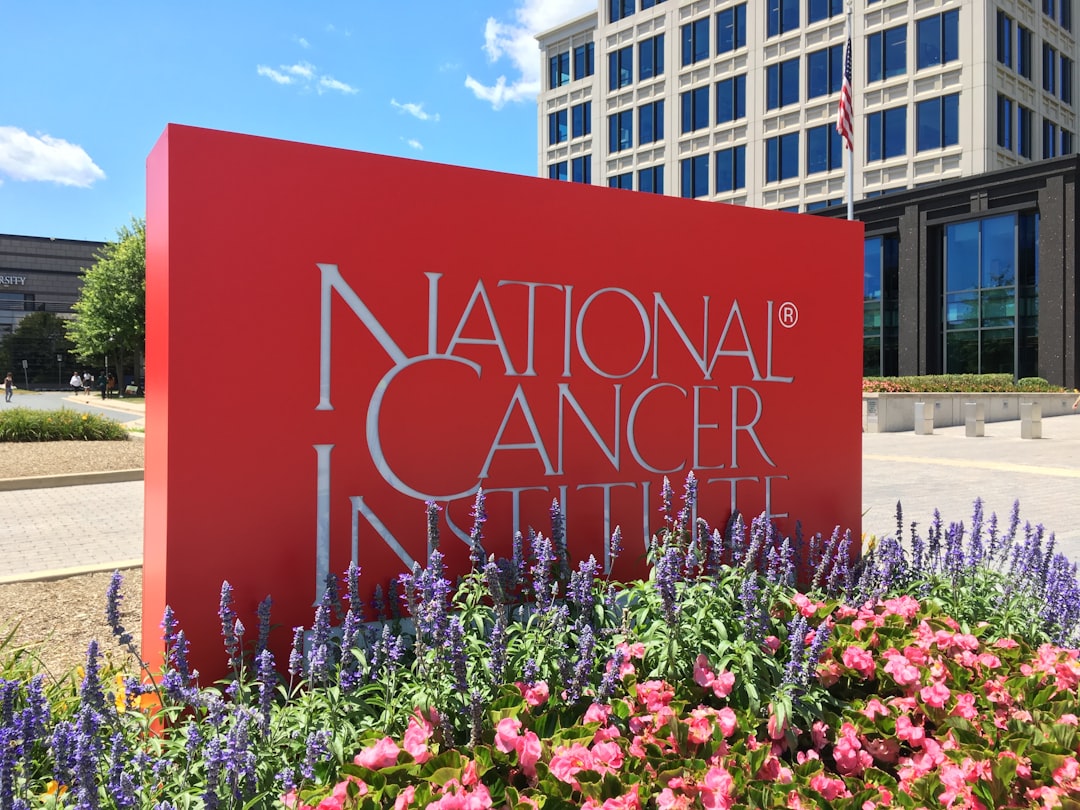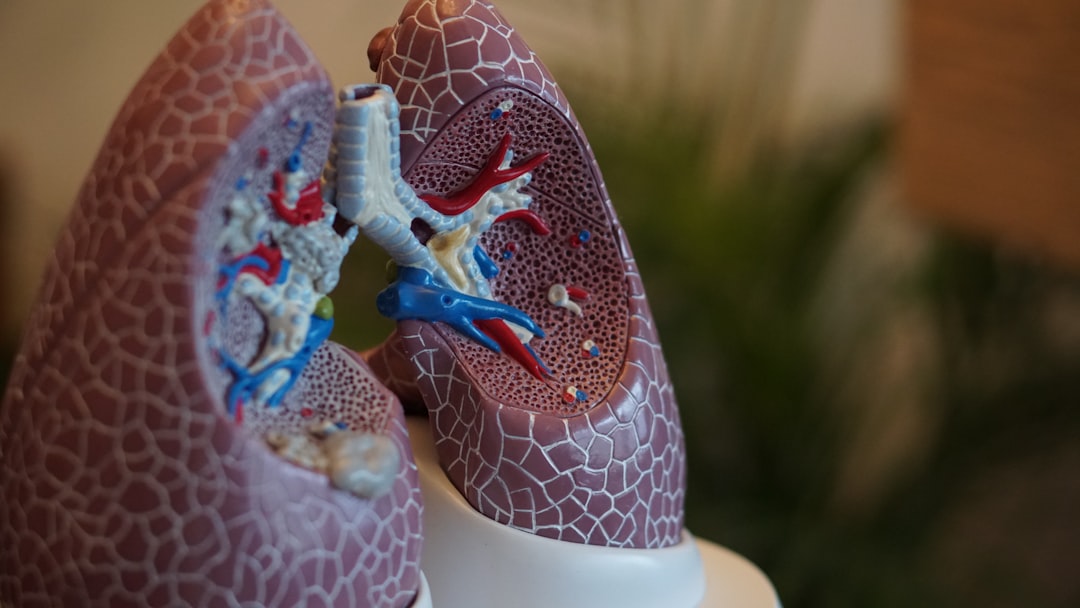What is it about?
The paper describes whether the drugs, paclitataxel and gemcitabine, will decrease the growth of breast cancer cells and tumors using genetic data from these cells. First, we narrow down the set of genes whose expression is related to how much drug is required to inhibit the growth of these cells. Then we use artificial intelligence to find the minimum set of genes that will predict sensitivity or resistance to the drug.
Featured Image
Why is it important?
Many patients become resistant to these drugs, and they are not or any longer effective in stopping the progression of cancer. Knowing whether the patient will respond shortly after surgery could be useful in deciding whether these or other drugs might be more effective in killing residual tumor cells that may still be present in the cancer patient after surgery.
Perspectives
We have continued this work and have developed biochemically inspired, machine learning based gene signatures in other patients with breast cancer. Further reading: Mucaki EJ, Baranova K, Pham HQ et al. Predicting Outcomes of Hormone and Chemotherapy in the Molecular Taxonomy of Breast Cancer International Consortium (METABRIC) Study by Biochemically-inspired Machine Learning [version 3; referees: 2 approved]. F1000Research 2017, 5:2124 (doi: 10.12688/f1000research.9417.3)
Dr Peter K Rogan
Western University
Read the Original
This page is a summary of: Genomic signatures for paclitaxel and gemcitabine resistance in breast cancer derived by machine learning, Molecular Oncology, August 2015, Wiley,
DOI: 10.1016/j.molonc.2015.07.006.
You can read the full text:
Resources
Contributors
The following have contributed to this page










